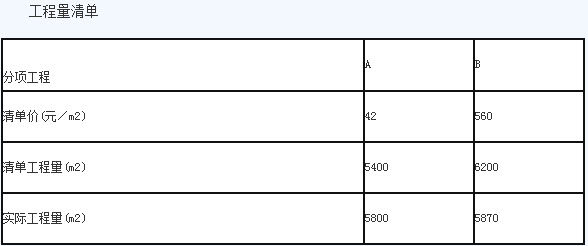So long as teachers fail to tell teaching from learning, they will continue to undertake to do for children what children can do for themselves. Teaching children to read is not simply passing reading on to them. Certainly we shouldn’t have spent endless hours in activities about reading. Douglas insists that “reading cannot be taught directly and schools should stop trying to do the impossible.”
Teaching and learning are two entirely different processes. They differ in kind and function. The function of teaching is to create the conditions and the climate that will make it possible for children to devise the most efficient(效率高的) system for teaching themselves to read. Teaching is also public activity. It can be seen and observed.
Learning to read involves all that each individual does to make sense of the world of printed language. Almost all of it is private, for learning is an occupation of the mind, and that process is not open to public scrutiny.
If teacher and learner roles are not interchangeable, what then can be done through teaching that will aid the child in the quest(探索)for knowledge? Smith has one principal rule for all teaching instructions. “Make learning to read easy, which means making reading a meaningful, enjoyable and frequent experience for children.”
When the roles of teacher and learner are seen for what they are, and when both teacher and learner fulfill them appropriately, then much of the pressure and feeling of failure for both is eliminated(消除). Learning to read is made easier when teachers create an environment where children are given the opportunity to solve the problem of leaning to read by reading. Practice makes perfect, you know.
72.The problem with the reading course as mentioned in the first paragraph is that _______.
A.it is one of the most difficult school courses
B.students spend endless hours in reading
C.reading tasks are assigned with little guidance
D.too much time is spent in teaching about reading
73.The underlined word “scrutiny” in the third paragraph probably means “ ”.
A.agreement B.observation C.control D.distance
74.According to the passage, learning to read will no longer be a difficult task when _______.
A.children become very active in reading activities
B.teacher and learner roles are thought important
C.teaching helps children in the search for knowledge
D.reading enriches children’s experience
75.The main idea of the passage is that _______.
A.teachers should do as little as possible in helping students learn to read
B.teachers should encourage students to read as widely as possible
C.reading ability is something acquired rather than taught
D.reading is more complicated than generally believed

